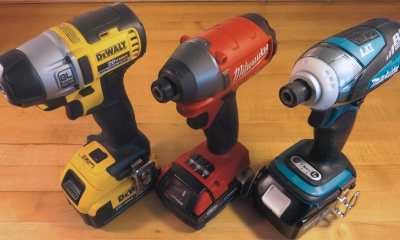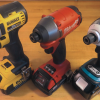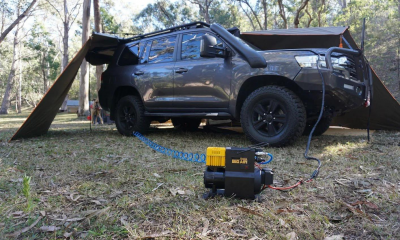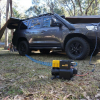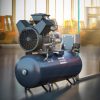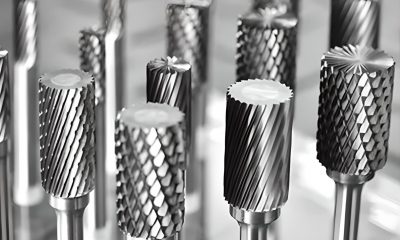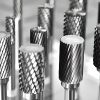Industrial Equipment
How Can an Electrical Technician Benefit from a Digital Multimeter?
As a little boy, I used to follow my father around the house and carefully watch him perform his little magic tricks with the help of his tools and electrical devices. I couldn’t fully understand how they work, but that didn’t stop me from playing with them (under the supervision of my dad, of course). I knew that some day in the not so distant future I would figure them out and start using them myself; I would finally have my own real utility belt.
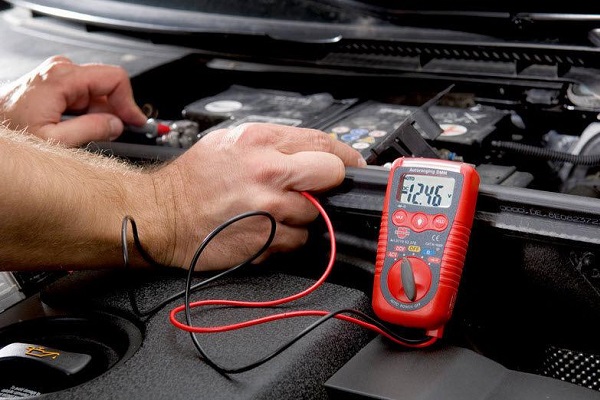
Well, my dear readers, my childhood dream did come true – I have studied hard and become a qualified electrical technician. Although this profession turned out to be far more demanding and routine than I imagined it would be when I was a child, I still find it enjoyable and very challenging, especially since the world of techniques and technologies is one of the most dynamic worlds humankind has ever created.
When it comes to following the newest trends in the field of my specialty, I always enjoy reading an elaborate article about the latest innovations and tool improvements, as well as texts that remind us why we (by ‘we’ I mean electrical experts) should be thankful for certain relatively old but extremely helpful devices. Such a text is precisely what inspired me to write this short article about what may be every electrician’s favourite tool – the digital multimeter.
Today, not a single electrical technician on Earth dreams of doing his job without the aid of a sophisticated modern digital multimeter. Everyone knows that the decision to buy a digital multimeter is a smart one, as it is a standard diagnostic instrument that measures two or more electrical values (volts, amps, and ohms) with much greater accuracy and reliability than its analog predecessor. The digital multimeter (also known as multitester) is a device in which are incorporated the testing capabilities of the voltmeter (for measuring voltage), ammeter (for measuring current), and ohmmeter (for measuring resistance). Talk about the usefulness and saving time!
Furthermore, digital multimeters are very easy to use, as their face is typically divided into four coherent parts: a LED display (this is where the measurement readouts are shown), a group of buttons (for choosing various functions), a rotary switch (for selecting primary measurement values), and a group of input jacks (for plugging test leads). I believe that it’s practically impossible not to get the hang of them.
When it comes to basic fault finding and field service work, an electrician cannot do much without his multitester. That’s why not one real professional has ever hesitated to buy a digital multimeter.
Writing for the blog since 2012, Chris simply loves the idea of providing people with useful info on business, technology, vehicles, industry, sports and travel – all subjects of his interest. Even though he sounds like quite the butch, he’d watch a chick flick occasionally if it makes the wife happy, and he’s a fan of skincare routines though you’d never have him admit that unless you compliment his impeccable skin complexion.

